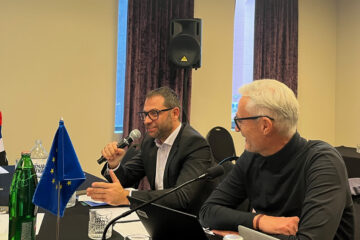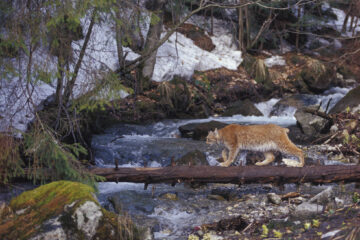Factsheets on Financing options for the Trans-European Nature Network (TEN-N) Published
A new series of factsheets has been published by the NaturaConnect project to support the development of the Trans-European Nature Network (TEN-N), offering a comprehensive overview of public and private funding opportunities for protected areas and ecological connectivity across Europe.
Developed through extensive desk research and stakeholder engagement—including interviews and a dedicated workshop—the factsheets identify and assess key funding sources relevant to TEN-N. They provide practical guidance for applicants and stakeholders, highlighting the strengths and limitations of each funding instrument in relation to biodiversity and connectivity projects.
The factsheets cover both EU public funding and private finance mechanisms, ranging from established tools like the “user pays” principle to emerging concepts such as resilience bonds and debt-for-nature swaps.
Each factsheet aligns funding instruments with specific categories of TEN-N development needs, including network planning, protected area establishment, management and maintenance, and communication and awareness-raising
Public EU funds covered by the Factsheets:
- LIFE programme
- Cohesion policy funds
- Interreg (European Territorial Cooperation) programme,
- other European Regional Development Fund and Cohesion Fund opportunities
- Common Agricultural Policy (CAP) funds
- European Marine Fisheries and Aquaculture Fund (EMFAF)
Private funding instruments covered by the Factsheets:
- User pays-principle for protected areas
- Green bonds
- Resilience bonds
- Debt for nature swaps
- Aligning subsidies for nature
- Blended finance approaches



